Picking Key Furniture Pieces
Starting with the right furniture is key to decorating your living room. A sofa, combining comfort with style, is often the centerpiece. It should reflect your taste, fit the room's size, and meet its intended use. Accent chairs can add a cozy touch and introduce unique design elements, enhancing the overall look. A well-chosen coffee table should complement your seating, while a movable side table offers additional convenience.
Storage is another important consideration. Select stylish yet practical pieces like bookshelves, consoles, or TV stands that help maintain an organized, clutter-free space.These should provide a balance of open and closed storage options to accommodate various items.
Arranging Furniture for Flow
To create an inviting and functional layout, start by positioning your largest piece of furniture, usually the sofa, in the room. Orient it toward the room's most prominent feature, such as a TV, fireplace, or window. Avoid placing the sofa directly in front of a window to prevent obstructing natural light.
Next, add your accent chairs, side tables, and coffee tables to encourage conversation and smooth movement throughout the room. Try to maintain balance and symmetry for visual appeal when arranging these items. Your furniture should not block walkways or make the space feel cramped.
Accessorizing and Adding Personal Touches
Choosing Decorative Accents
When it comes to accessorizing your living room, consider using a variety of widths and heights to avoid bulky groupings. Display accessories using different techniques like hanging, propping, and stacking. Adding plants can bring a vibrant, lively touch to your space.
Incorporating Artwork and Photos
Artwork and photographs can dramatically alter the look and feel of your living room, adding character and making the space uniquely yours. When selecting and placing artwork or photos, keep the following suggestions in mind:
- Choose pieces that evoke emotion or tell a personal story. Whether it's a family portrait or a meaningful print, make sure your choices resonate with you.
- Experiment with different display methods. Don't be afraid to mix and match framed and unframed artwork, and use various display arrangements such as gallery walls or singular statement pieces.
- Opt for versatile looks. Select art that works well with your current space but could also fit into a future design if you decide to update your living room decor.
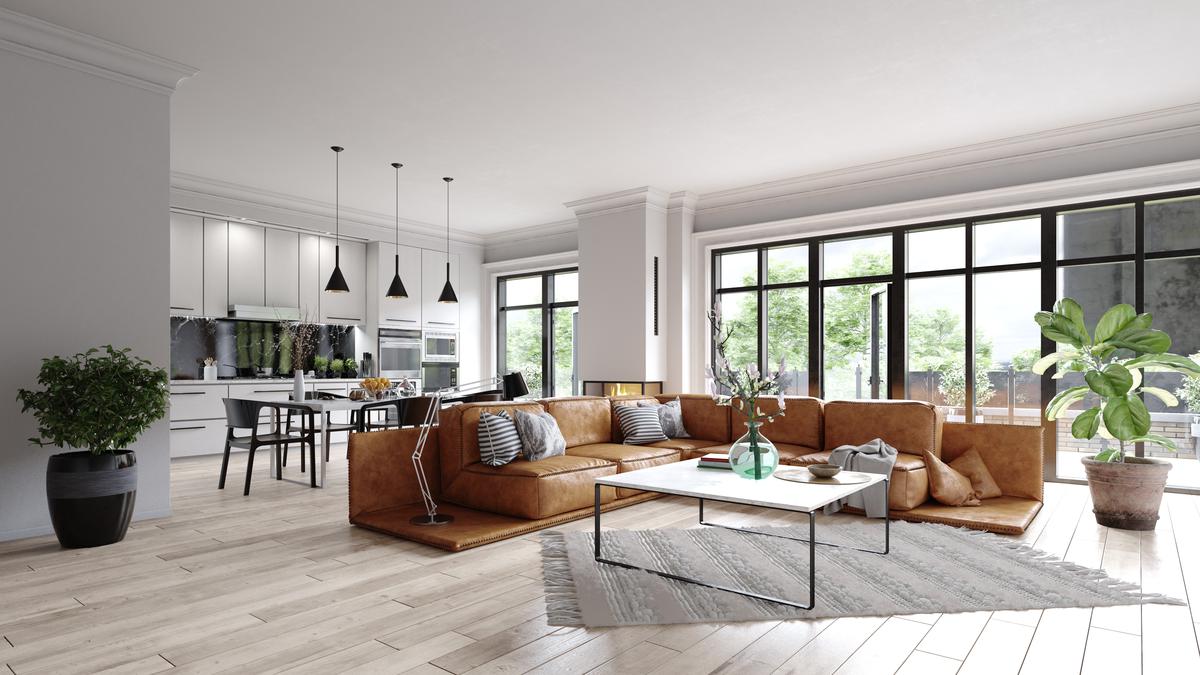
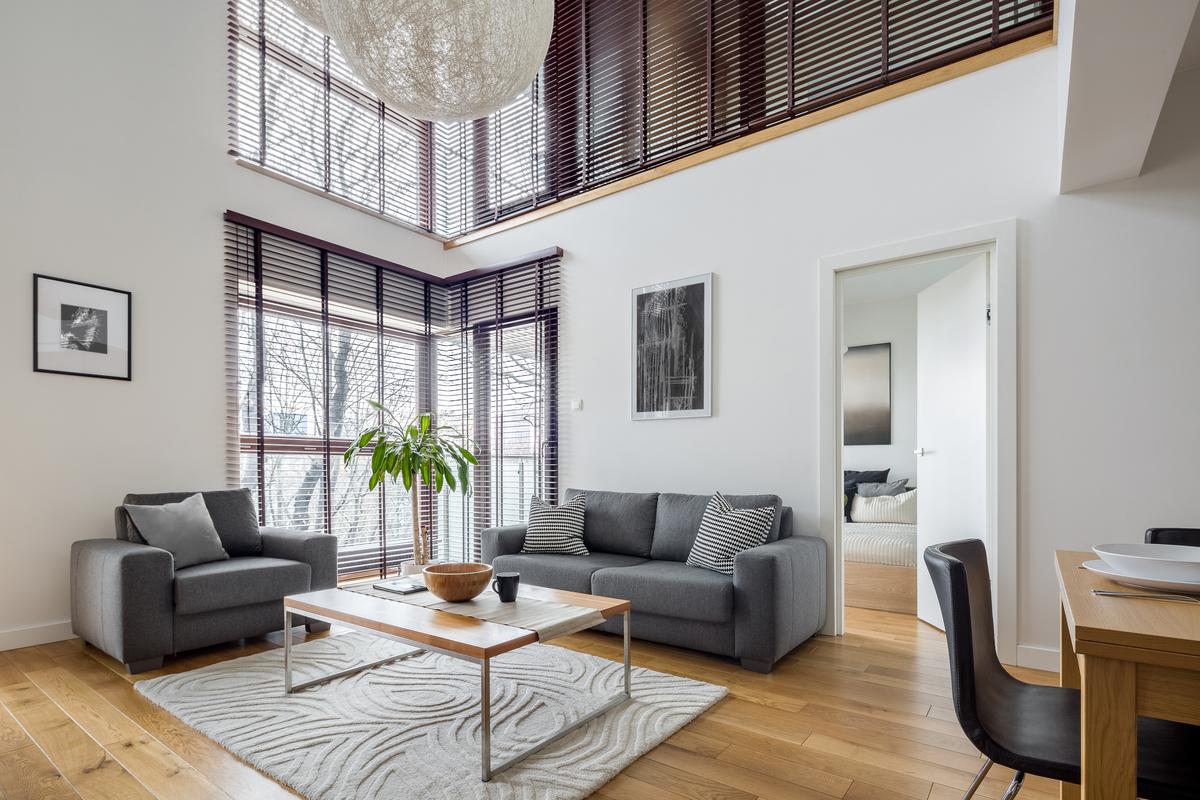
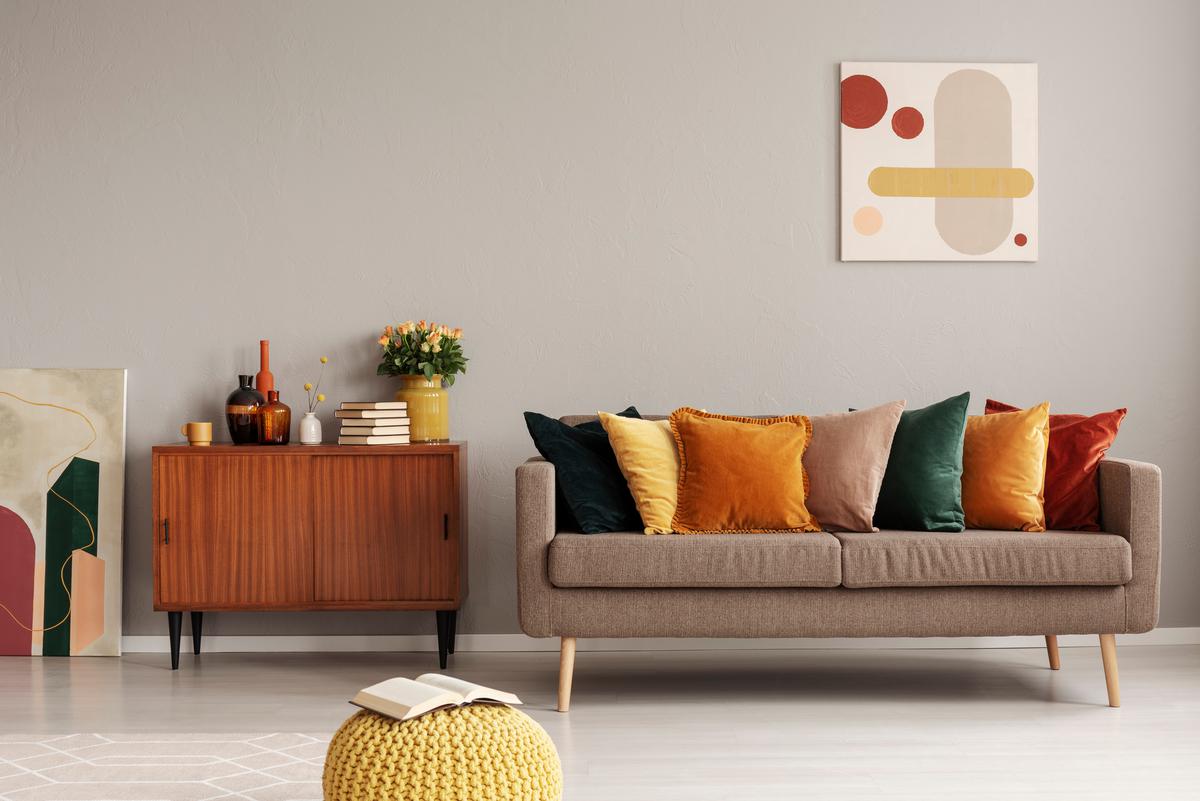
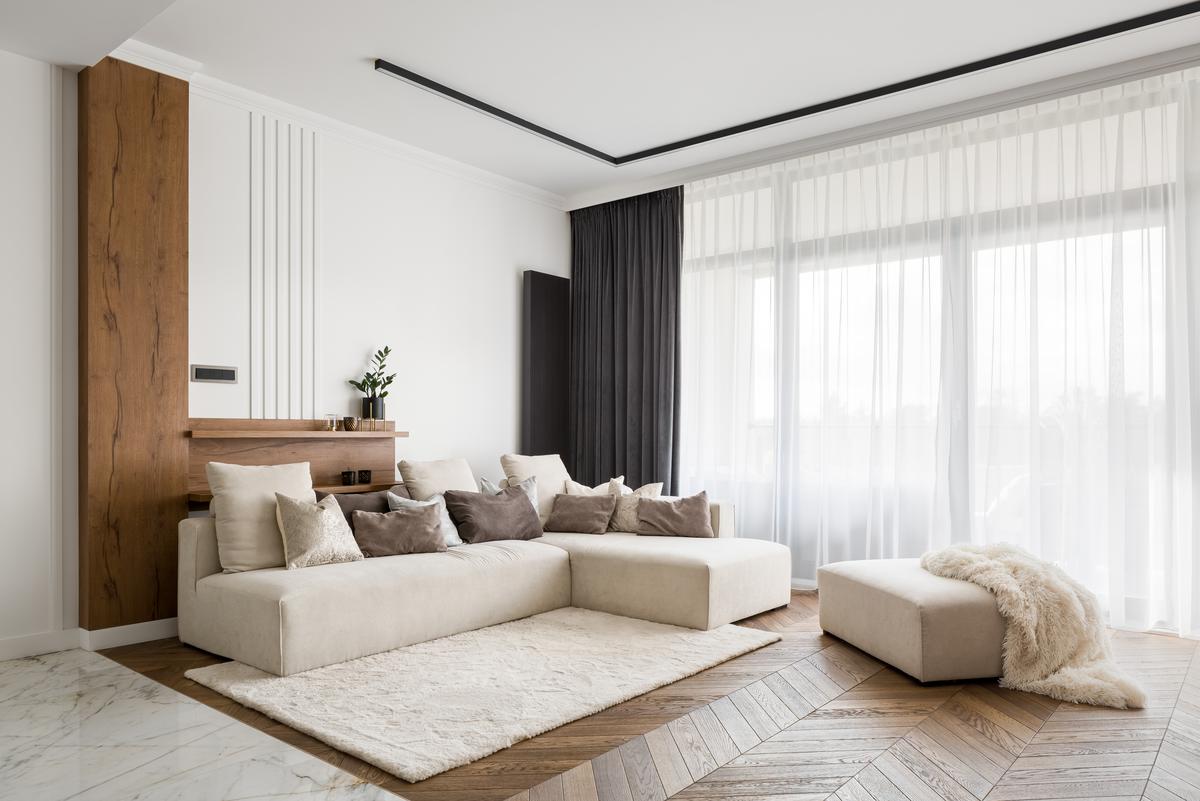


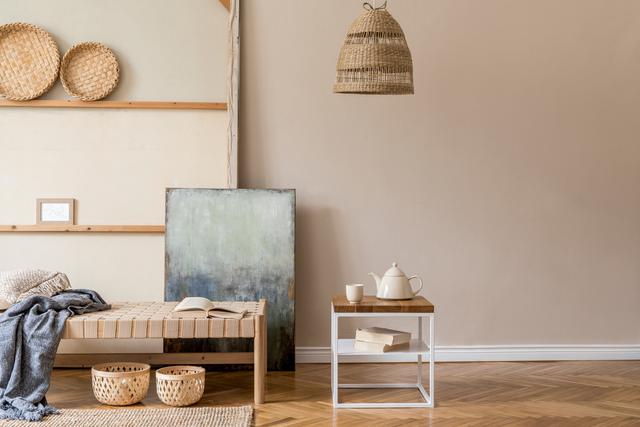

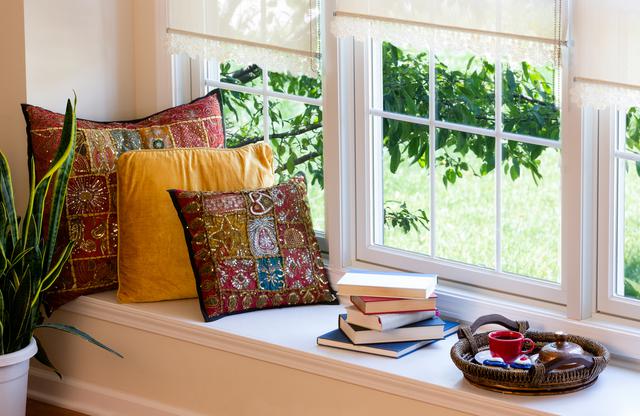
comments